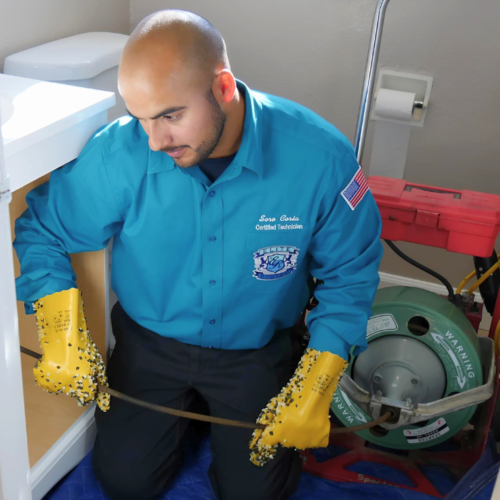The heavy metal fabrication industry plays a vital role in building the infrastructure, machinery, and components that power modern society. From towering bridges to massive pressure vessels, the products created through heavy metal fabrication are the backbone of industries like construction, energy, oil and gas, and transportation. While the core principles of cutting, bending, and assembling metal remain constant, new technologies, materials, and approaches are reshaping how fabricators work in 2025.
Below are some of the top trends influencing heavy metal fabrication today:
1. Increased Automation and Robotics
Automation has been part of the fabrication process for years, but the integration of advanced robotics and AI-driven controls is taking efficiency to the next level. In heavy metal fabrication, robots can now handle large, complex welds, move heavy components with precision, and even adapt in real time to slight variations in material. This reduces production times and improves safety for human workers.
2. Greater Use of High-Strength and Lightweight Alloys
While traditional carbon steel remains a staple in heavy metal fabrication, more projects are requiring specialized alloys that offer both strength and reduced weight. High-strength, low-alloy steels and corrosion-resistant metals are in high demand for industries where performance and durability are critical—like offshore oil platforms or wind turbine towers.
3. Digital Twin Technology
One of the most exciting developments in heavy metal fabrication is the rise of digital twin technology. By creating a virtual replica of a physical asset, engineers and fabricators can test designs, simulate stresses, and identify potential issues before production begins. This reduces waste, minimizes costly mistakes, and helps ensure the finished product meets exact performance standards.
4. Sustainability and Green Fabrication Practices
Sustainability isn’t just a buzzword—it’s becoming a business requirement. Heavy metal fabrication shops are finding ways to reduce energy consumption, recycle scrap metal, and implement cleaner manufacturing processes. Additionally, more companies are turning to eco-friendly coatings and water-based cutting fluids to lessen environmental impact.
5. Advanced Welding and Joining Techniques
Welding remains one of the most critical steps in heavy metal fabrication, and 2025 is seeing significant advancements in welding technologies. Processes like friction stir welding, laser welding, and hybrid welding are enabling stronger, more precise joints—essential for large-scale projects that must withstand high stress and harsh environments.
6. Customization and Modular Fabrication
As industries demand more specialized equipment, heavy metal fabrication is moving toward modular, customizable designs. By producing sections that can be assembled on-site, fabricators can speed up installation, lower transportation costs, and provide solutions tailored to unique operational needs.
Final Thoughts
The heavy metal fabrication industry is constantly evolving to meet the demands of modern engineering and global infrastructure. By embracing automation, advanced materials, sustainability, and new design approaches, fabricators are not only meeting today’s challenges but also positioning themselves for future growth. In a world where precision, durability, and efficiency are paramount, these trends are shaping how the industry will continue to build the structures and equipment that keep our world moving.





